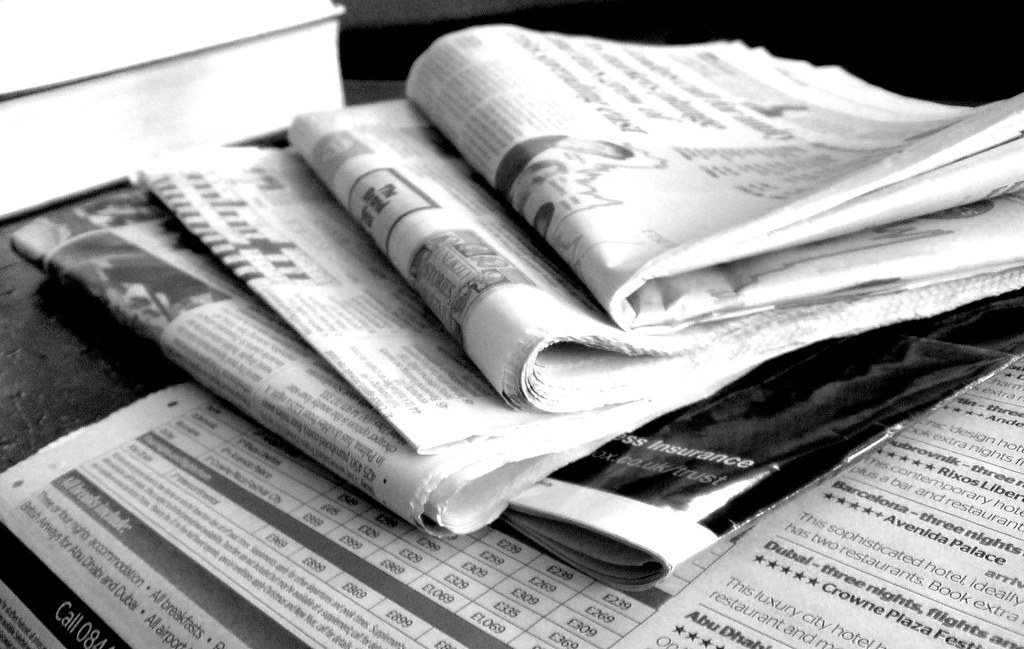Why do a new pair of Jordans or an iPhone cost more this year? Tariffs may be the hidden culprit. Tariffs are the taxes the government puts on imported goods. Recently, the U.S. has added new tariffs on everything from clothing to electronics. While the goal is to protect American jobs and industries, the result is different for most; the job market shrinks, and prices go up. That raises an important question: are tariffs protecting us, or making things worse?
The effects of tariffs are widespread, embedded in daily life. The average tariff rate for back-to-school shopping products jumped from about 5% to above 18% in the summer of 2025. That’s the difference between a $40 backpack and a $70 one. Other goods we often buy, like a bag of chips, shoes or new clothes are also now costing more. These increases force people to work longer hours or raise their own prices, making daily life harder to afford.
Beyond products, futures are also influenced by tariffs. Many students have hopes to create small businesses, whether making clothes or creating new types of technology. However, a small business with a price increase in manufacturing and supplies can face serious financial issues. These owners have to then raise their own prices, feeding into the cycle of inflation, whilst simultaneously struggling to make ends meet for themselves. This is the struggle for individuals, but the same issue plays out on a larger scale across the U.S economy.
A common argument in favor of tariffs is that they protect and grow the job market for American workers. If imported goods now cost more, businesses should theoretically turn to manufacturers in the US, thus boosting their business and enabling them to hire more workers. However, domestic manufacturers often cost more to buy from than foreign ones; so, businesses can no longer afford to buy the materials they need, harming their company and leading to the laying off of many employees. This counterproductive nature leads to the creation of jobs in one industry, but major loss in another.
In the end, tariffs may sound like a way to protect jobs, but in practice, they often raise prices and shrink opportunities; that means fewer chances and higher costs at every turn. As students, we’re already dealing with rising costs everywhere. Tariffs only make it harder for us to buy what we need, find jobs, or chase new ideas.




